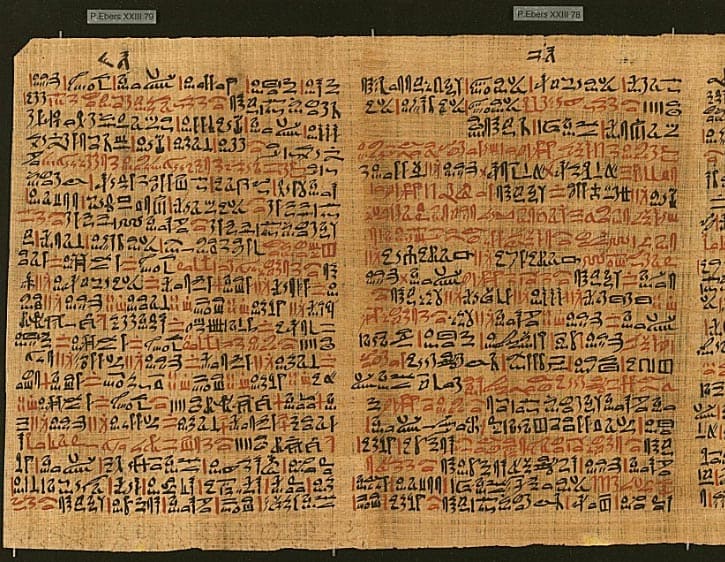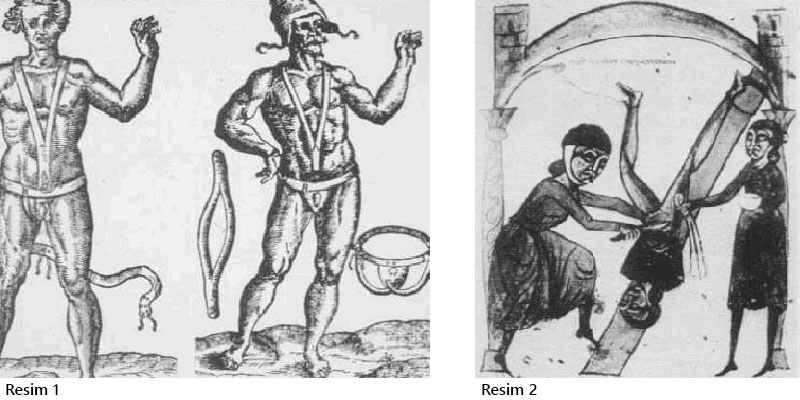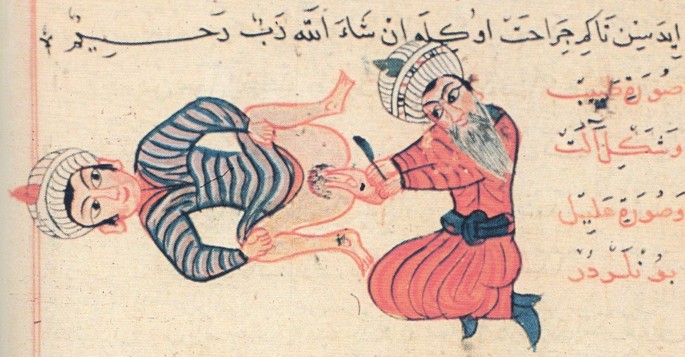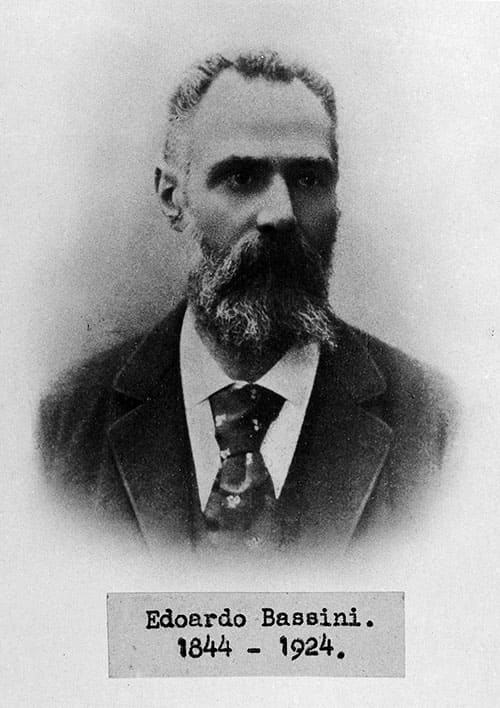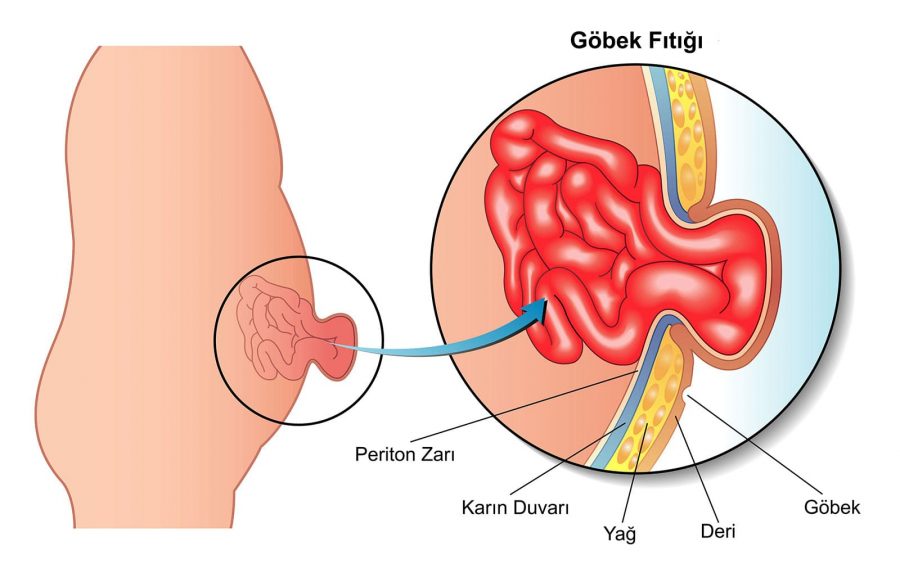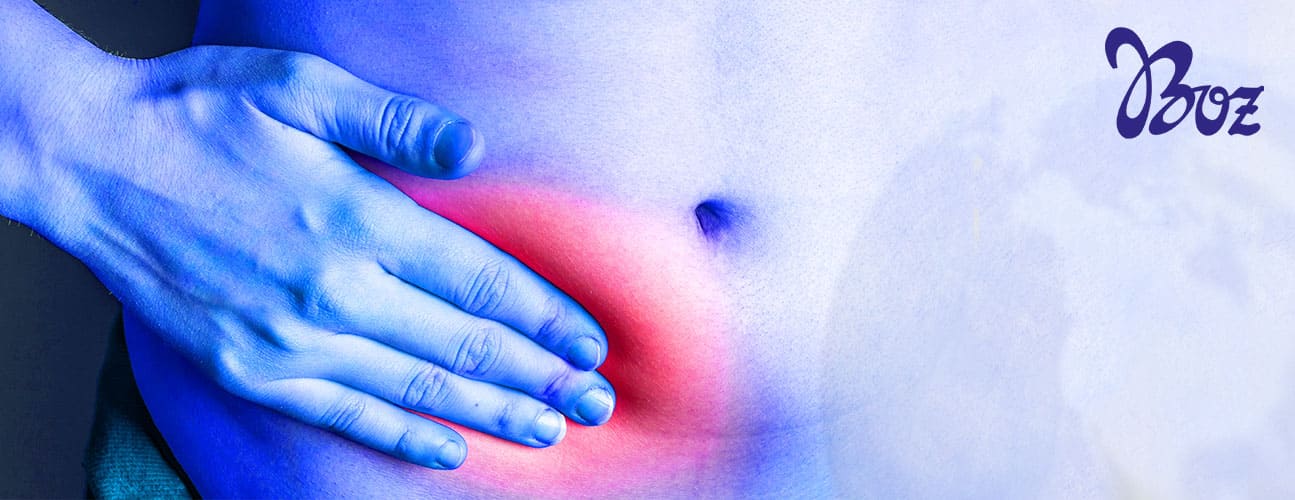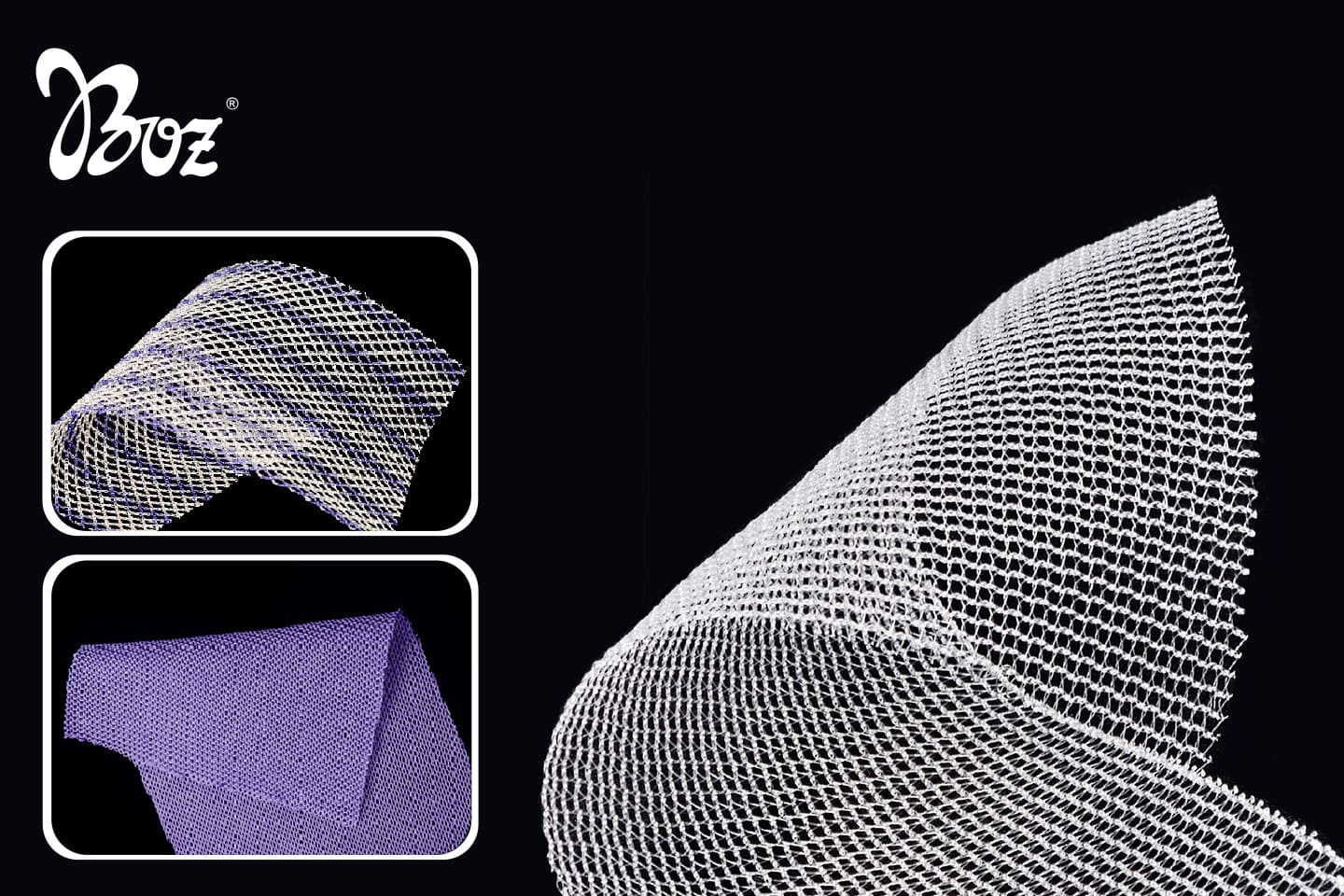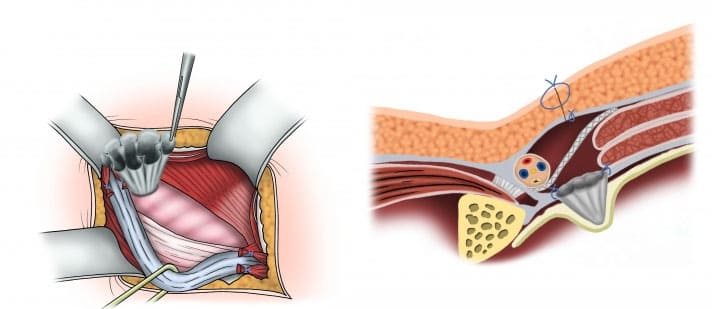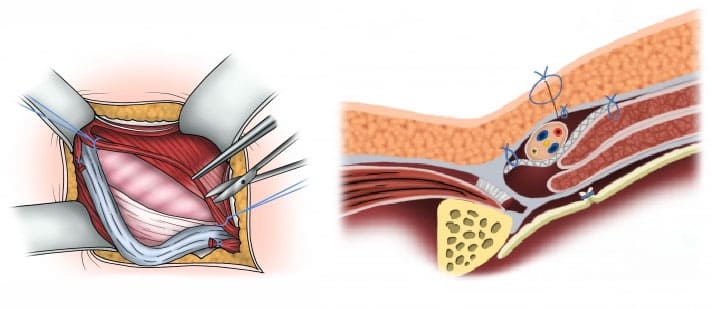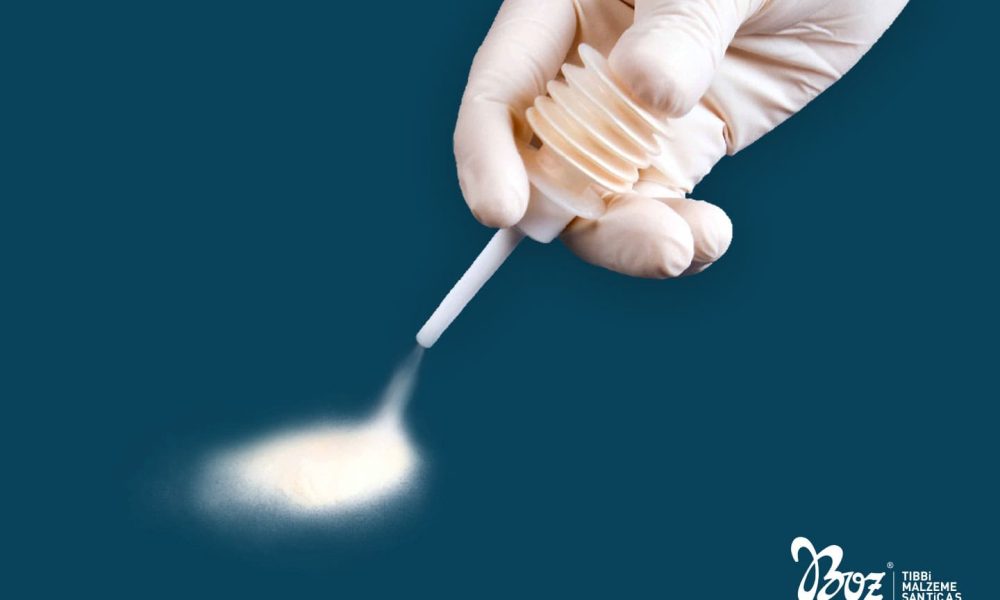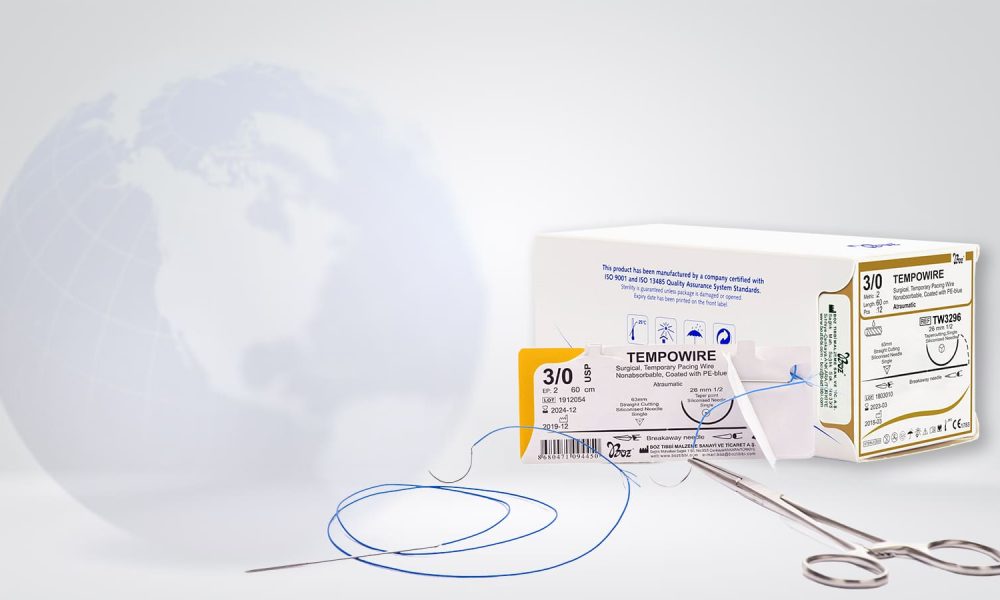Hernia is a common pathology type in the community. Hernia is weakened muscle or formation holding the internal organs to droop/shift from the organ to another place it is not supposed to be and being located in another area. There are numerous hernia types. In this article, we will talk about hernia types, hernia treatment methods and the importance of using surgical mesh in hernia repair.
What Is Hernia and What Are Hernia Repair Techniques?
Knowledge Base
Hernia is a common pathology type in the community. There are various hernia types and treatment methods.

What Does Hernia Mean?
The word comes from the Latin language and it is used in the English language since 1350-1400. The term is known as “herni” or “fıtık” in the Turkish language and the word comes from Arabic just like the word “surgeon”. The term is also known as rupture in the English language. The term will be used in English or Latin form in the text depending on the context. (3)
Hernia Repair Methods from Past to Present
The first written sources about hernia disease and treatment methods date back to ancient times. Ebers Medical Papyrus written in 1550 BC on Egyptian papyrus is accepted as the first document dating back to Hammurabi period. (3)
Hernia Treatment in Ancient Times
Hernia ties that is used as a temporary hernia treatment solution during the Phoenician period in the ancient ages helped individuals to continue their daily lives without any problem. (See also: Image 1) Again, another method used in the same period as a permanent solution for hernia was turning the inguinal hernia by applying pressure on the cramped organ to turn the muscle back to its position which is called reduction (replacement) method today. (See also: Image 2). (3,4,5,6)
Hernia Treatment in Hippocrates Period
The information related to hernia treatment in “Surgical Treatment of Inguinal and Femoral Hernia” book of one of the important surgeons and medical painter Prof. Dr Demir A. Uğur whose early death was a great loss for the Turkish surgery is based on the Hippocrates period. Praxagoras (335 BC), the medical school surgeons of Alexandria and Caelius Auretanius (350 BC) mentioned special treatments of strangled hernia. (3,7)
Celcus (25BC – 50 AD) who is one of the Roman medical representatives but not a doctor wrote the following about the surgical treatment of hernia:
“An incision is made to the groin or scrotum, the hernia sack is separated from the cordon structure and pushed back inside the ventral cavity. The hernia sack is removed. The bleeding veins are tied with plant-based sutures. Vinegar is poured on the surgical wound for cicatrisation.”
Hernia Treatment in Turkish Surgical History
The first Turkish surgical book was written in 1465 by Şerafettin Sabuncu of Amasya and he mentioned hernia treatment in his book. (3)
Milestone in Hernia Anatomy and Surgery
The most important developments in hernia anatomy and surgery emerged at the end of the 18th century and the beginning of the 19th century. Gimbernat (1793), Camper (1793), Cooper (1804) and Scarpa (1806) announced a new era in hernia treatment with their works on inguinal anatomy. The desired results were achieved in hernia surgery with the successful surgical technique applied by Italian surgeon Edoardo Bassini in 1886. (3)
Hernia Anatomy and Surgery in the 20th Century
The 20th century marked the history with important steps in the modern surgery. The important developments in the hernia anatomy and surgery started to give more positive results in 1950s especially with surgical mesh usage in inguinal hernia treatment. Surgical mesh usage that became widespread since 1980s are common today as well. Successful results are achieved in hernia surgery especially with endoscopic/laparoscopic repair methods that started to be applied especially in 1990s. (3)
How Is Hernia Diagnosed?
The abdominal hernia in the abdominal or groin area are noticed with lumps that can either come with pain or be painless. The pain occurs when a part of the small intestine bulges outside as the abdominal muscle holding the internal organs rupture. More interestingly, it is possible to push the small intestine back by hand in some of the patients who experience bulging and retreating hernia. (4,5,6)
The hernia on the spine are not visible. The main complaints of patients with neck and back hernia are pain around back and neck, limited mobility and inability to turn. The location, level and number of hernia can be easily identified in radiologic imaging tools such as MR and the surgeon can decide on the treatment method. Physical treatment or surgical intervention is followed depending on the hernia. (5,6)
Hernia Prevalence Among Men and Women
Hernia is more prevalent among men than women. The hernia prevalence for men is 27% while this ratio is 3% for women. Inguinal hernia is 4-5 times more common in men than women. The reason for low prevalence among women is that women have wider and larger pelvis which causes the hernia triangle including the rectus muscle, inguinal ligament and transverse aponeurotic arcus to be narrower. (12)
What Are Hernia Types?
Hernia is mostly seen in abdominal region and spine (back or neck) region. Hernia commonly occurs around groin area and the hernia around the groin can be divided into two. The first one is called inguinal hernia which occurs naturally on its own. The second one is the incisional hernia which occurs due to an external intervention. (9,10)
Inguinal Hernia
This hernia occurs naturally and the main reason is the bulged internal organs due to weakened peryton which is the lowest layer of the abdominal muscle. The patient can go back to normal life without any pain after repairing the weak or ruptured peryton with surgical intervention and by using surgical mesh as an artificial wall. (8,9)
These hernia called the inguinal hernia is divided into three as direct, indirect and femoral hernia. Direct hernia is the bulged hernia due to weak or ruptured peryton which is the lowest layer of the abdominal muscle and this hernia is visible. The indirect hernia is invisible from the outside and the hernia occurs around the testicle and testicle sacks. Femoral hernia is generally seen in women and this is a visible bulge around the lower part of the groin which is around the artery on the femur. (8,9,11)
Incisional Hernia
These are hernia that occur after any abdominal surgery. These are often called interventional hernia. Approximately 10-15 of every 100 abdominal surgical operations leads to incisional hernia problem. The reason for such problem to occur in operated individuals is the insufficient surgical technique or post-op operation or factors to prevent wound healing (obesity, diabetes, cortisone use or other chronic diseases). Similarly, these problems can be repaired with surgical mesh by patching up the abdominal area with hernia. (9,10)
What Are The Most Common Hernia Repair Methods?
Hernia repair and especially inguinal hernia repair is performed depending on the hernia status and to decrease the recurrence rate. Numerous hernia repair methods are used from past to present. Today, various methods are preferred by the surgeons for hernia repair as synthetic surgical mesh materials are more common. (12,13,14)
Rutkow & Robins Method
This method first applied in 1912 by the Italian surgeon Davide Fieschi (1869-1963) is repairing the femoral hernia by using a plug mesh. This treatment method was highly popular in the 90s and plugs with various size and shapes were used in hernia repair. These plugs were commonly used for direct and indirect open inguinal hernia repair as well as umbilical hernia repair. This method was spread by two American surgeons Rutkow and Robins who named the method. This three dimensional material that acted as both a plug and mesh in hernia repair was replaced by straight synthetic absorbable, non-absorbable or semi-absorbable surgical mesh with ideal pore range. (16,17)
Why Is Plug Method No Longer Preferred in Hernia Repair?
So, why Rutkow & Robins method which is a plug-mesh technique n longer popular for hernia repair? To give a simple answer, there were problems with the plugs. The plugs placed around the hernia region shrunk, lost their volume and caused hernia relapse. The plugs caused chronic pain by mechanically interacting with the nerves around the tissue. The plugs moved from their initial position to other tissues. They caused masses called meshomes. However, this hernia repair method is still popular in some countries like Japan. (16)
Lichtenstein Method
The abdominal hernia is repaired with open or closed procedure in modern hernia surgery. Closed (laparoscopic) methods use small holes instead of incisions to repair with a mesh. The open repair technique called Lichtenstein technique which is known as the classic method is commonly used and brings important advantages to patients. In Lichtenstein hernia repair technique, a long and thin incision is made across the tissue in the size of the hernia, the rupture in the abdominal wall is reached, the bulged internal organ is pushed inside and the mesh is placed on the ruptured abdominal wall behind the muscles depending on the hernia diameter. Another mesh is placed behind the facia which is a strong layer and on top of the muscle layer and lastly, the mash is sutured without causing a tension and the incision is closed. Thus, the abdominal wall is strengthened from inside to prevent any rupture with pressure and hernia relapse is low. (14,15,17,18,19)
Lichtenstein repair is the most commonly used method among the open mesh placement methods and this method is accepted as the golden standard for inguinal hernia repair by the American College of Surgeons. The purpose of this hernia repair technique is to repair the hernia with a comfortable and safe method and to make sure the patient goes back to normal time in the shortest time possible. (14,15,18)
Bibliography
(1) Fıtık, herni nedir? Çeşitleri | turkcerrahi.com. (2022, February 02). Access address: https://www.turkcerrahi.com/tip-sozlugu/fitik
(2) Hiatal Herni Nedir? | turkcerrahi.com. (2022, February 02). Access address: https://www.turkcerrahi.com/tip-sozlugu/hiatal-herni
(3) Fıtık kelimesi nereden geliyor? – Fıtık Akademisi. (2022, February 02). Access address: http://fitikakademisi.org/fitik-kelimesi-nereden-geliyor
(4) Kasık fıtığının redüksiyonu (yerine konması) ne demektir? (2015, November 17). Access address: https://cocuklardafitik.wordpress.com/2015/11/17/kasik-fitiginin-reduksiyonu-yerine-konmasi-ne-demektir
(5) izmir | Kasık Fıtığı – İnguinal Herni | Doç. Dr. Erdal TÜRK | Çocuk Cerrahisi Uzmanı. (2016, April 19). Access address: https://www.erdalturk.com.tr/hastaliklar/kasik-fitigi.html
(6) Anirudhan, A. (2008). A prospective analysis comparing stoppa’s repair with conventional repair in complex bilateral and recurrent inguinal hernias (Doctoral dissertation, Madras Medical College, Chennai).
(7) Prof. Dr. DEMİR A. UĞUR, İnguinal ve Femoral Fıtıkların Cerrahi Tedavisi (Ankara: Ankara Üniversitesi Tıp Fakültesi. 1980)
(8) abdominal muscle | Description, Functions, & Facts. (2022, February 03). Access address: https://www.britannica.com/science/abdominal-muscle
(9) Kasık (İnguinal) Fıtıkları (Hernileri) – Genel Cerrahi – CENTRAL HOSPITAL. (2022, February 03). Access address: http://centralhospital.com/TibbiBolumler/genel-cerrahi/yontem/kasik–inguinal–fitiklari–hernileri-
(10) insizyonel Herni – Fıtık Akademisi. (2022, February 03). Access address: https://fitikakademisi.org/insizyonel-herni
Bibliography – Part 2
(11) Femoral Herni – Fıtık Akademisi. (2022, February 03). Access address: https://fitikakademisi.org/femoral-herni
(12) Dr. Güney Özkaya “Kasık Fıtıklarında Laparoskopik Yöntemler Ve Sonuçları” İstanbul Üniversitesi Cerrahpaşa Tıp Fakültesi Genel Cerrahi Anabilim Dalı, İstanbul (2020):14
(13) Ok E, Küçük C, Akcan A, Sözüer E, Yılmaz Z “Mesh-Tıkaç Sütürsüz Gerilimsiz Onarım Yönteminin Lichtenstein ve Mc Vay Doku Onarım Yöntemiyle Karşılaştırılması” Erciyes Üniversitesi Tıp Fakültesi Genel Cerrahi Anabilim Dalı, Kayseri, Ulusal Cerrahi Dergisi (May 2002) Volume 18, Number 3, Page 153-159
(14) Ocakoğlu A “Lichtenstein Yöntemi (Prolen Yama Tekniği) ile Kasık Fıtığı Tamiri” 2011;22(2):57-59
(15) Kasık Fıtığı Ameliyatları – Fıtık Akademisi. (2022, February 04). Access address: https://fitikakademisi.org/kasik-fitigi-ameliyatlari
(16) Plug-Tıkaç Yama Tarihe Karıştı! – Kasık-Göbek-Ameliyat Fıtığı Tedavisi | Fıtık Cerrahisi | Fıtık İstanbul. (2022, February 04). Access address: https://fitikistanbul.com/plug-tikac-yama-tarihe-karisti
(17) Cerrahi Mesh (Yama) Nedir ve Kullanım Alanları Nerelerdir? – Boz Tıbbi. (2022, February 04). Access address: https://www.boztibbi.com/bilgi/cerrahi-mesh-yama-nedir-ve-kullanim-alanlari-nerelerdir
(18) Fıtık Cerrahisi | Kasık Fıtığı Ameliyatları. (2022, February 04). Access address: http://fitikcerrahisi.org/kasik-fitigi-ameliyatlari
(19) Koçer, Dr. H. (2022, February 04). Açık Yöntem. Access address: https://www.fitik.com.tr/acik-yontem
Visual Bibliography
Rutkow plug repair in inguinal hernia – general and visceral surgery – webop. (2022, April 05). Access address: https://www.webop.com/general-and-visceral-surgery/Hernia-surgery/Rutkow-plug-repair-in-inguinal-hernia
Lichtenstein Repair of Inguinal Hernia – general and visceral surgery – webop. (2022, April 05). Access address: https://www.webop.com/general-and-visceral-surgery/Hernia-surgery/Lichtenstein-Repair-of-Inguinal-Hernia

